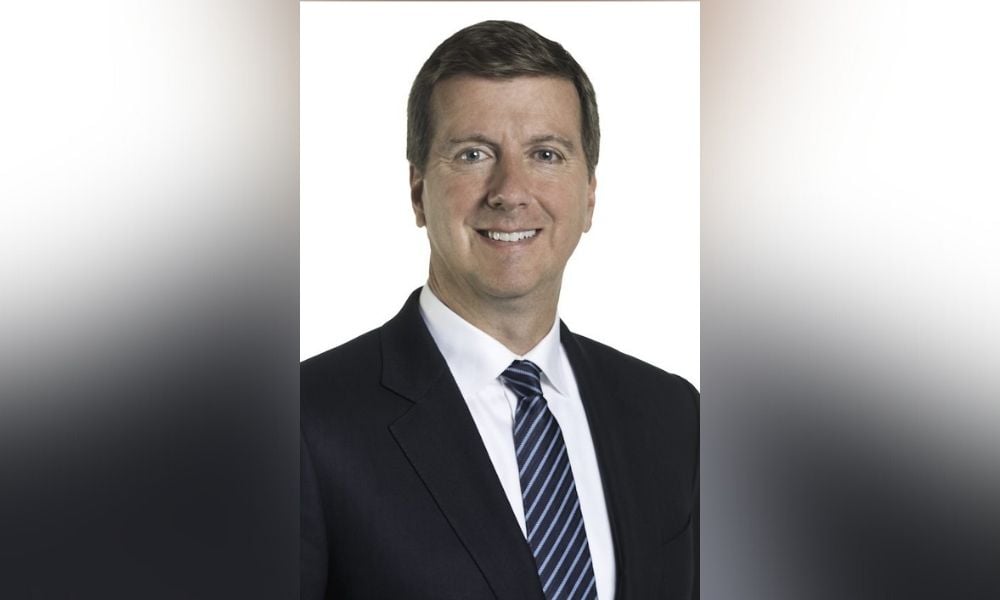Retiring industry leader reflects on growth catalysts that have shaped the industry – and looks forward to what's next

Barry McInerney sees his time as President and Chief Executive Officer of Mackenzie Investments as the capstone of his career, and he’s particularly proud of two accomplishments as he contemplates his retirement, in three months, after 35 years in the industry.
“It’s been 35 years and I’ve had the good fortune of running investment businesses for the last 25 years – both consulting firms and asset management firms in Canada, the U.S., and globally,” he told Wealth Professional. “Once I pass it over in June, it’s been six years, and it’s been terrific.
“It really is a dynamic, fast-moving industry. I’ve seen so much change and more change is coming. The industry itself moves quickly, and we at Mackenzie have moved quickly.”
Mackenzie’s assets under management (AUM) have grown from $60 billion to over $200 billion since he took over – more than tripling through strong organic growth and acquisitions.
“I worked hard with an amazing leadership team at Mackenzie over the last several years to stay ahead of some of the trends that we’ve been observing,” said McInerney. “A lot of changes in the global asset management industry came to Canada, as we thought, and that has been a catalyst.”
He noted five growth catalysts that “started from almost a standstill when I arrived” and now account for more than $50 billion in Mackenzie’s AUM.
ETFS are still growing quickly in Canada, the U.S., and globally, and he values them along with mutual funds to build better portfolios. Mackenzie now is in the top six in the industry with $16 billion and growing fast.
Mackenzie has worked with the China Asset Management Co. to make a significant investment in China and bring the large Chinese market to Canadians. McInerney said the Chinese equity and bond markets are the world’s second largest, so that’s been a seismic shift in the global capital market.
Alternatives have democratized and there now are nearly $20 trillion in AUM alternatives around the world, which large institutional investors primarily use.
“We’ve been on a journey at Mackenzie to bring those types of investments, both liquid and private markets, into the hands of individual investors across Canada,” McInerney said. “They’ve served institutional investors very well in providing risk diversification and an expanding return opportunity.”
Mackenzie has also focused on retirement options, providing more outcome-oriented products for decumulation, especially as baby boomers move into their retirement years. Finally, he said, Mackenzie’s sustainable investing has “grown exponentially the last two to three years”, after the leadership watched it birth in Europe.
“I would say that you’ll see those trends continue very strongly going forward, but others will occur, and Luke (Gould) and his team will find them,” said McInerney of his successor, presently Chief Financial Officer of IGM Financial. McInerney, meanwhile, expects to continue to see more democratization of investments for individual investors, more younger investors and robo advisors, plus blockchain, crypto, and non-fungible tokens become part of another paradigm shift.
“It’s a very dynamic, exciting time, and it is constantly shifting,” he said. “Five years out, probably upward of a third of assets will be in products that don’t exist today. That’s the way this industry moves, and it moves fast: new ideas, new asset classes, and new vehicles.”
McInerney noted that while the pace of change has picked up, the industry is also more technology- and data-driven than in the past. But, he’s still excited about working with advisors to provide them with new ideas, innovation, and investment products plus services to benefit their clients.
“Given the complexity of the world and the speed that we’re moving, it behooves us as asset managers to be able to provide more technology, more data, more services, more research and, of course, our investment products to benefit advisors and build better performance for their clients,” he said, noting there’s also been a shift from providing products to insights and solutions in his time.
The biggest challenge is keeping up with the pace of change, but the most professionally rewarding – is when they get it right. “Sometimes we get it wrong, and that’s okay,” he said. “You’ve got to step back and regroup, and learn from your mistakes. You don’t have to be first. Sometimes it’s good not to be first, but you have to realize where the puck is going and try to anticipate that.”
McInerney is proud of Mackenzie’s sustainable investing work, particularly integrating ESG factors.
“Sustainable investing is going to be a significant reallocation of capital around the world,” he said. “We, as a global industry, manage well over $100 trillion of that capital. So, we’re right in the centre of this seismic shift to reallocating capital toward sustainable investing.”
He’s also proud of the fact that Mackenzie has been working hard to improve its gender diversity in an industry still primarily male-dominated, even though he knows it still has more work to do.
Looking at retirement life, he expects to do more board work in a year or two. But, right now, he plans to follow his “lifelong passion” of academic pursuits, spend time with his increasing number of grandchildren, and “do some nice community work with my wife. We love doing that together.”



